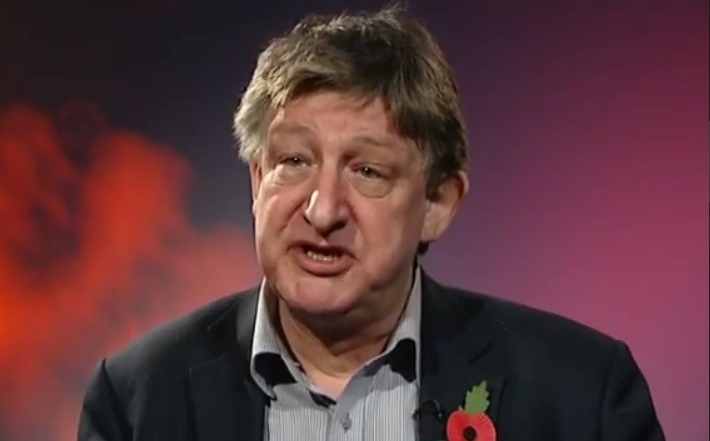
Firms will be unable to hide or disguise numbers under a new Government nuisance call edict.
However, one campaigner doubts whether it will make any difference and fears firms will just find a way round the new rules.
Baroness Neville Rolfe, minister responsible for data protection, said direct marketing companies registered in the UK would have to display their numbers when making unsolicited calls – even if their call centres are based abroad.
The move follows positive backing in a public consultation and extensive work with regulators, industry, and consumer groups.
The step will take effect next month.
Baroness Rolfe said: “Nuisance calls are incredibly intrusive and can cause significant harm to the elderly and vulnerable.
“Government is committed to tackling this problem, which is why we are making it easier for consumers to report companies by forcing them to display their phone numbers.
“We’re sending a clear message to rogue direct marketing companies.
“Nuisance calls are unacceptable and we will not hesitate to take action against the companies behind them.”
She said the step would protect the vulnerable and elderly and make it easier for people to report unwanted marketing calls.
It will also ensure the Information Commissioner’s Office (ICO) can investigate and take enforcement action against callers who persistently and deliberately break the rules.
Campaigner David Hickson, of the Fair Telecoms Campaign, welcomed the step but he fears it will not end the menace of nuisance callers.
He said: “Many nuisance callers will deliberately offer false numbers in order to contact those who block calls when no number is given.”
The Sunday Post has led the way, campaigning for tougher powers to control cold-calling firms.
We have continually highlighted the worst rogue operators – and the steps taken to try and control their seemingly ceaseless bombardment on people’s phones.
We recently told how the ICO issued rogue firms with fines totalling £895,000 last year.
Despite the tough action, companies are still finding ways to avoid paying the penalties.
One firm, Prodial Limited, was fined a record £350,000 by the ICO after making 46 million automated nuisance calls about Payment Protection Insurance.
More than 1,000 people complained about the calls. However, before the fine was issued, the company was placed into liquidation. The ICO is now battling to obtain the money.
Last year, we also revealed how gran-of-six Barbara Gray, 61, claimed her husband Albert was driven to an early grave by cold callers.
He was receiving up to a dozen calls a day.
“It exhausted him,” said Barbara at the time. In my mind, these companies have a lot to answer for.”
READ MORE
Luxury lifestyle of fined cold call firm boss who’s made his own number ex-directory
Man behind late-night cold calls gets off scot-free

Enjoy the convenience of having The Sunday Post delivered as a digital ePaper straight to your smartphone, tablet or computer.
Subscribe for only £5.49 a month and enjoy all the benefits of the printed paper as a digital replica.
Subscribe